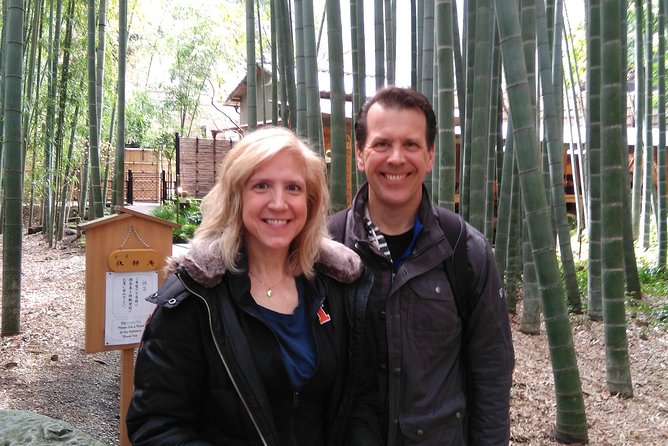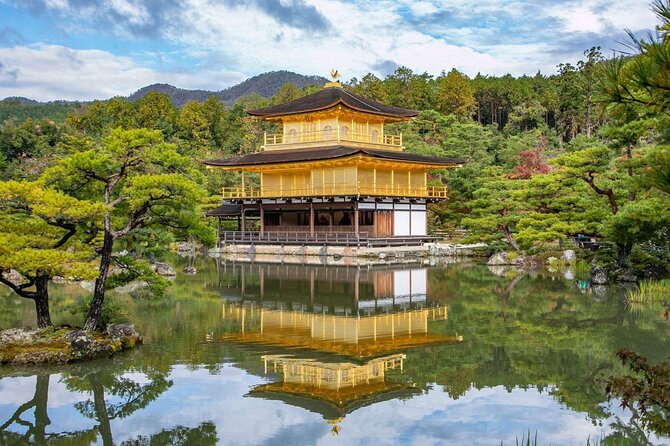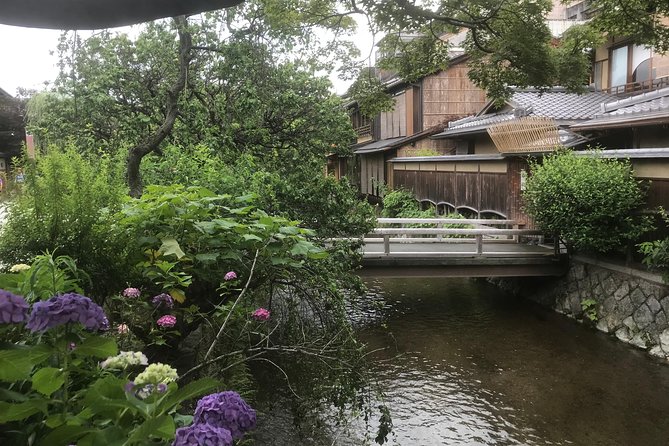Crafting a singular original onigawara, a project of unprecedented ambition and artistry, would redefine the boundaries of Japanese craftsmanship. Imagine a piece that embodies centuries of tradition yet exudes a contemporary flair, challenging the very essence of what an onigawara can be. This endeavor promises to not only honor the past but also shape the future of this ancient art form, sparking conversations and sparking imaginations worldwide.
Key Takeaways
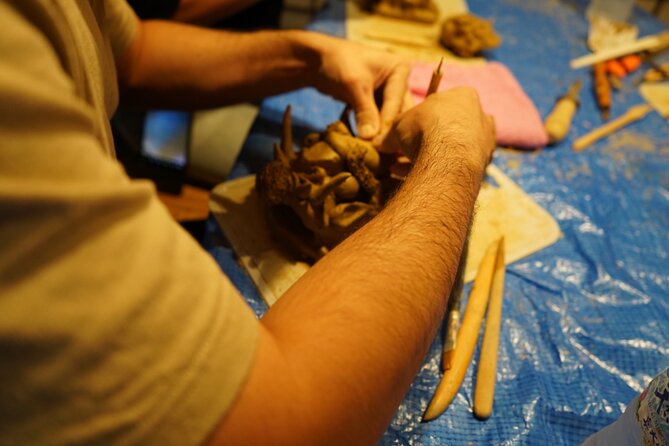
- Incorporate traditional onigawara craftsmanship with innovative designs.
- Use sustainable materials to create a unique, environmentally friendly piece.
- Collaborate with skilled artisans to blend ancient techniques with modern aesthetics.
- Ensure meticulous attention to detail for a one-of-a-kind masterpiece.
- Showcase cultural significance and artistic excellence in the global sphere.
Historical Significance
One Original Onigawara holds a significant place in history due to its unique architectural features and cultural importance. These traditional Japanese roof ornaments serve both functional and decorative purposes, adding a touch of elegance to the roofs of temples, shrines, and traditional buildings.
The onigawara, often shaped like demons or mythological creatures, symbolizes protection against evil spirits and bad luck, reflecting ancient beliefs and superstitions. As centuries-old elements of Japanese architecture, onigawara not only showcase exquisite craftsmanship but also provide insight into the country’s rich cultural heritage.
Each onigawara tells a story through its intricate design, making it a fascinating subject for historians, architects, and enthusiasts interested in exploring Japan’s architectural traditions.
Onigawara Making Process
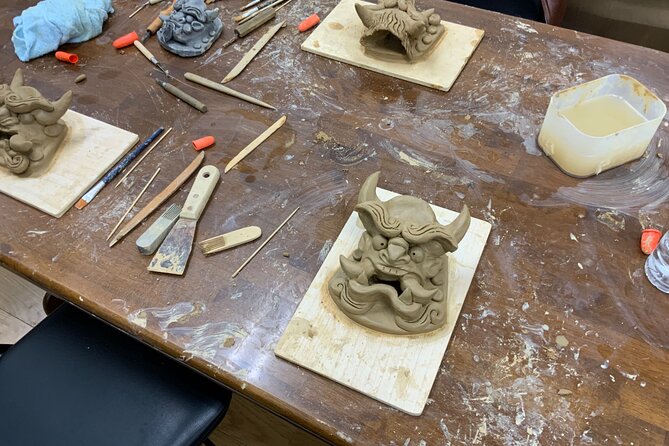
Craftsmen meticulously mold clay into intricate shapes to form onigawara, showcasing their skill and dedication in the traditional Japanese art of roof ornamentation.
The process begins with shaping the clay into the desired design, often inspired by mythical creatures like dragons or lions.
Once the clay is molded, it undergoes a careful drying process to ensure it retains its shape.
Next, the onigawara is fired in a kiln at high temperatures to strengthen the clay and give it durability against the elements.
Finally, skilled artisans apply glazes and finishes to achieve the desired color and texture, adding a touch of beauty to the functional roof tile.
This meticulous process highlights the craftsmanship and artistry behind each unique onigawara creation.
Unique Design Features
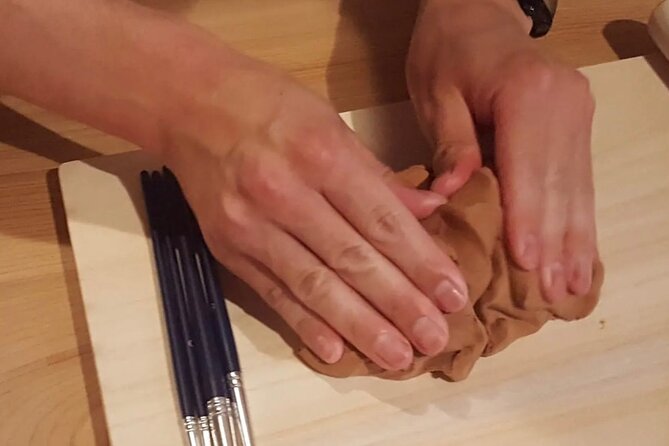
With intricate shapes and inspired designs, onigawara showcases unique features that reflect traditional Japanese artistry and craftsmanship. These decorative roof tiles are not just functional but serve as beautiful architectural elements. Here are some common design features found in onigawara:
| Design Feature | Description |
|---|---|
| Oni (demon) | Represents protection against evil spirits |
| Shachihoko | Mythical creature with the body of a fish and a tiger |
| Floral Patterns | Often depict cherry blossoms, chrysanthemums, or peonies |
| Dragons | Symbolize strength and protection |
| Geometric Shapes | Intricate patterns like hexagons or interlocking circles |
These design elements add character and cultural significance to buildings adorned with onigawara.
Materials and Techniques Used
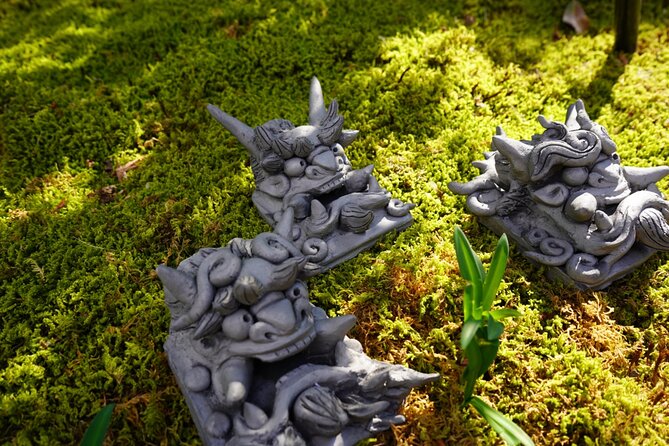
Onigawara are crafted using a variety of materials and techniques that contribute to their unique aesthetic and longevity. Traditionally, these ornamental roof tiles are made from clay, which is molded and fired at high temperatures to ensure durability.
Skilled artisans employ intricate carving and glazing methods to create detailed designs on the surface of the onigawara, adding to their decorative appeal. Some onigawara are also crafted using metals like copper or bronze for a different look and enhanced weather resistance.
The techniques used in crafting onigawara have been passed down through generations, ensuring that each piece retains a sense of tradition and artistry. The careful selection of materials and meticulous craftsmanship contribute to making onigawara not just functional but also exquisite pieces of architectural decoration.
Symbolism and Cultural Importance
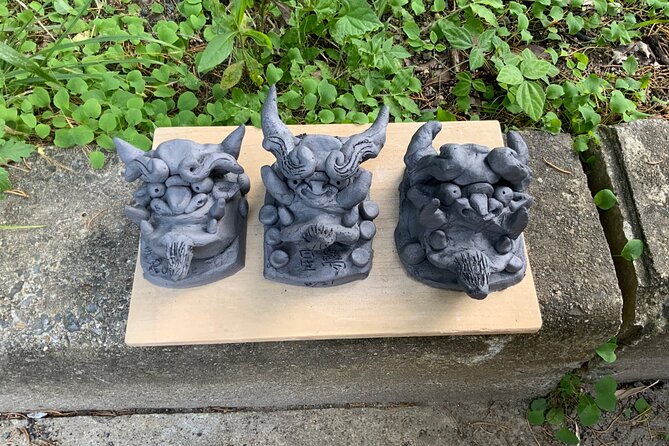
The symbolism and cultural importance of onigawara tiles in Japanese architecture can be traced back centuries, highlighting their significance in traditional design.
Guardian Spirits: Onigawara, often depicting fearsome creatures like demons or dragons, were believed to ward off evil spirits from entering buildings.
Aesthetic Appeal: These ornamental roof tiles not only served a functional purpose but also added a unique and decorative touch to the architectural landscape.
Historical Significance: Onigawara tiles reflect the rich history and craftsmanship of Japanese artisans, showcasing intricate details and traditional techniques.
Cultural Identity: The presence of onigawara in Japanese architecture symbolizes a connection to the country’s cultural heritage and architectural traditions.
Preservation and Conservation Efforts
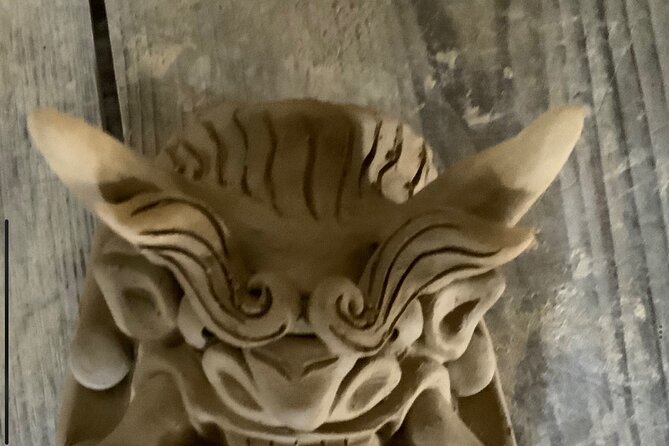
Preservationists actively work to safeguard the historical significance and cultural value of onigawara tiles in Japanese architecture. These dedicated individuals strive to protect these unique architectural elements from the wear and tear of time, ensuring that future generations can appreciate their beauty and craftsmanship. Through meticulous restoration efforts and ongoing maintenance, onigawara tiles are preserved as a vital part of Japan’s architectural heritage.
| Preservation Efforts | Impact | Outcome |
|---|---|---|
| Restoration projects | Reviving ancient craftsmanship | Maintaining authenticity |
| Education initiatives | Raising awareness | Fostering appreciation |
| Conservation programs | Preventing deterioration | Ensuring longevity |
Collaborations and Artistic Inspirations
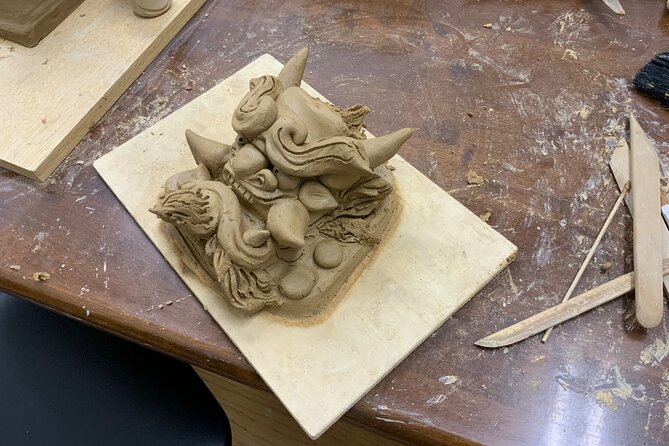
By collaborating with contemporary artists and drawing from diverse sources of inspiration, onigawara tiles continue to evolve as a dynamic and innovative element in modern architectural designs.
Fusion of Traditional and Modern Styles: Artists blend traditional onigawara techniques with modern aesthetics, creating unique and captivating designs.
Exploration of Different Materials: Experimentation with various materials like glass, metal, and ceramics brings fresh perspectives to onigawara craftsmanship.
Incorporation of Cultural Motifs: Incorporating cultural symbols and motifs into onigawara designs adds depth and meaning to these architectural elements.
Interactive Installations: Some collaborations involve interactive onigawara installations that engage viewers and create immersive experiences.
Future of Onigawara Art
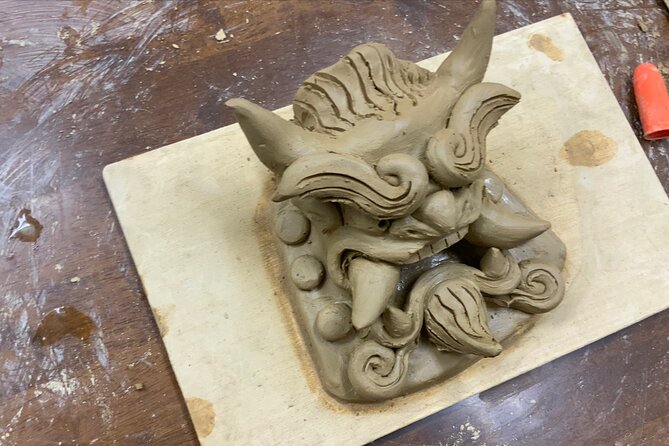
Looking ahead, artists and architects are reimagining onigawara art to push boundaries and inspire new possibilities in architectural design.
Traditional onigawara tiles are being transformed into contemporary art pieces, with innovative shapes and patterns that blend seamlessly with modern structures.
By incorporating advanced technology and sustainable materials, onigawara art is evolving to meet the demands of eco-friendly and visually striking architectural projects.
These new interpretations of onigawara not only preserve the essence of this ancient craft but also breathe fresh life into its aesthetic appeal.
As artists experiment with unconventional forms and textures, the future of onigawara art holds exciting prospects for enhancing the beauty and functionality of architectural landscapes.
Frequently Asked Questions
Can Visitors Participate in Creating Their Own Onigawara During the Experience?
Visitors can actively participate in creating their own Onigawara during the experience. The activity is limited to a maximum of 5 travelers. They must cancel at least 24 hours in advance to receive a full refund.
Are There Any Restrictions on the Age of Participants for the Onigawara Making Process?
There are no age restrictions for participants in the onigawara making process. All ages can join in the fun of creating their own unique onigawara. It’s a family-friendly activity that everyone can enjoy!
Is There a Specific Time of Year When Onigawara Art Is Traditionally Created?
Traditionally, onigawara art is created throughout the year, with no specific season designated for its making. This timeless craft can be enjoyed and practiced at any time, offering a creative outlet for enthusiasts.
Can Visitors Purchase Completed Onigawara Pieces as Souvenirs?
Visitors can purchase completed onigawara pieces as souvenirs. These unique artworks make excellent mementos of their experience. With various styles and designs available, visitors can choose the perfect onigawara piece to take home.
Are There Any Special Events or Festivals Dedicated to Onigawara Art Throughout the Year?
Throughout the year, special events and festivals dedicated to onigawara art take place. Visitors can enjoy unique displays, workshops, and demonstrations showcasing the beauty and craftsmanship of these traditional Japanese roof tiles.
Conclusion
In conclusion, the creation of the one original onigawara in the world would be a testament to the unparalleled skill and artistry of Japanese craftsmanship.
By blending tradition with innovation, this unique piece would serve as a lasting symbol of Japan’s cultural heritage and the creativity of its master artisans.
It would undoubtedly captivate and inspire all who appreciate the beauty and craftsmanship of this ancient art form.




